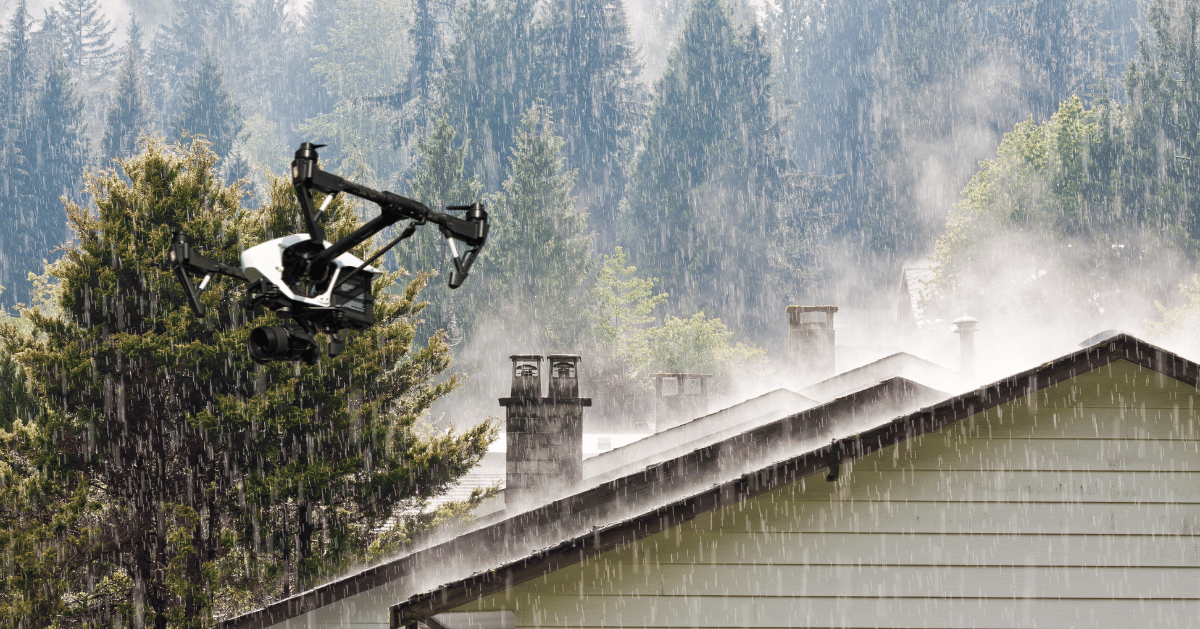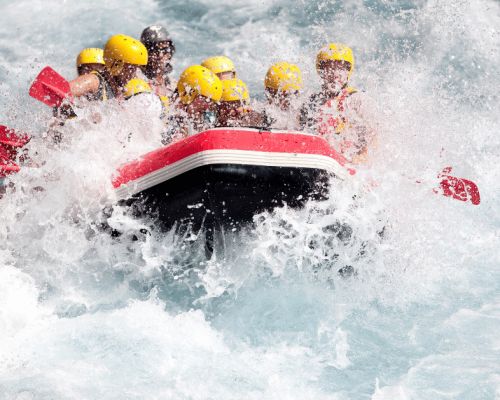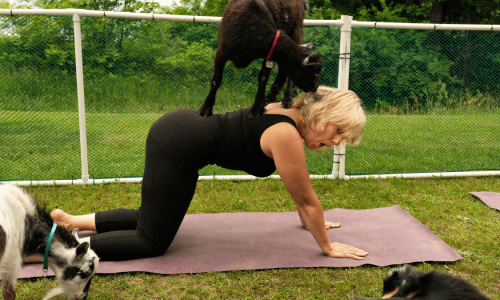Have you ever planned to take your drone out for some cool shots, only to have rain ruin your plans? It’s a common problem. Rain can be bad news for drones. These gadgets don’t like getting wet, mainly because they have delicate parts inside that can break if they get soaked.
So, what do you do if it starts raining and you need to use your drone? If your drone isn’t waterproof, it’s usually best not to fly it in the rain. But don’t worry, there are ways to make your drone handle a bit of wet weather.
In this guide, we’ll talk about how to fly your drone when it’s raining. We’ll tell you what you can do to protect your drone and give you some handy tips for flying in the rain. If you’ve ever had to deal with a rainy day messing up your drone plans, this guide is for you. Let’s get started!
Table of Contents
ToggleCan Drones Fly in Rain?
When it comes to flying drones in the rain, the answer isn’t as simple as yes or no. It depends on the type of drone you have and how it’s built. Most regular drones aren’t made to fly in the rain. They have electronic parts that can get damaged if they get wet. Think of it like using your phone in the rain. If it’s not waterproof, you’re going to want to keep it dry.
But, there’s some good news. Some drones are designed to handle wet conditions. These drones are usually more expensive, and they come with special features that protect them from water. If you have one of these, you might be able to fly in light rain without any problems.
For most drone users, the best advice is to avoid flying in the rain if you can. If your drone isn’t waterproof and it gets wet, it can stop working, and repairing it can be costly. It’s like getting your non-waterproof watch wet – it’s a risk that’s not worth taking.
However, if you find yourself needing to fly in the rain, or you’re just curious about how to do it safely, keep reading. In the next sections, we’ll talk about how to protect your drone from rain and give you some top tips for flying in wet weather.
Read Also: How Does the Development of Technology Positively Affect Our Wellness?
How do I Protect My Drone From Rain?
If you find yourself needing to fly your drone in less-than-ideal weather, or you just want to be prepared, there are ways to protect your drone from the rain. Here are some key steps you can take:
- Check Your Drone’s Manual: Before anything else, look at your drone’s manual. Some drones have specific instructions for wet conditions. It’s like checking the labels on clothes before washing them.
- Waterproofing Solutions: There are products out there designed to protect electronics from water. You can find sprays and coatings that you apply to your drone. Think of it as putting a raincoat on your drone.
- Use Silicone Covers: Silicone covers can be placed over sensitive parts of the drone, like the battery compartment and the controller. It’s like putting boots on your drone to keep its feet dry.
- Avoid Heavy Rain: Even with protection, it’s best to avoid flying in heavy rain. Light drizzles can be okay, but in a downpour, the risk of damage is much higher.
- Dry Your Drone Immediately: If your drone does get wet, dry it off as soon as possible. The longer it stays wet, the more chance there is for damage.
- Regular Maintenance: After flying in damp conditions, always check your drone. Look for any water damage and make sure everything is working as it should. It’s like giving your car a check-up after a long trip.
10 Best Tips for Flying Your Drone in Rain or Snow

Flying a drone in rain or snow can be tough, but with these simple and helpful tips, you can keep your drone safe and get good results:
1. Visibility and Rain/Snow Intensity:
Before launching your drone, evaluate the visibility. Heavy rain or snow can drastically reduce your ability to see and control the drone. Also, consider the intensity of the precipitation—drizzle may be manageable, but a heavy downpour or blizzard can increase the risk of losing control or damaging your drone.
2. Be Aware of the Wind:
Wind behavior can be unpredictable during rainy or snowy conditions. Gusts can be stronger and more erratic. Before flight, check the wind forecast and be prepared for sudden gusts. Understand how your drone reacts to wind and practice controlling it in safe, controlled conditions before venturing into more challenging weather.
3. Keep Up with the Weather:
Flying too low in rain or snow can lead to water splashes on your drone,, while flying too high can expose it to stronger winds and colder temperatures, which might affect battery performance.
4. Find the Right Height to Fly:
Don’t fly too low to avoid splashes, but not so high that your drone gets lost in stronger winds. Find a middle ground that feels safe.
5. Protect Your Drone:
Plan your route to ensure you always have visual contact with the drone. Avoid areas with potential hazards such as tall trees, power lines, or buildings that could pose a risk in reduced visibility or strong winds.
6. Watch the Battery:
After landing, dry your drone with a soft, absorbent cloth. Check for any water in the battery compartment, around the motors, and on the sensors. Allow it to air dry completely in a warm, dry environment before storing it.
7. Plan Where You’ll Fly:
Make a safe flight path. Stay away from places where your drone might get stuck or lost, like tall trees or buildings.
8. Choose Safe Landing Spots:
Identify potential landing spots that offer some protection from the weather. Avoid landing in puddles, snowbanks, or other wet areas that could harm your drone’s electronics.
9. Dry Your Drone After Flying:
After landing, dry your drone with a soft, absorbent cloth. Check for any water in the battery compartment, around the motors, and on the sensors. Allow it to air dry completely in a warm, dry environment before storing it.
10. Regularly Check Your Drone for Damage:
Post-flight inspections are crucial, especially after flying in adverse weather. Look for signs of corrosion or water damage. Regularly clean and maintain your drone, paying special attention to any parts that may have been exposed to moisture.
Conclusion
In short, flying a drone in the rain is possible, but you need to be careful. Not all drones can handle getting wet. If you have to fly in bad weather, remember the tips we’ve shared to keep your drone safe. Always check the weather, know what your drone can handle, and take steps to protect it.
The most important thing is to be safe and smart when you fly your drone. As technology gets better, we might see more drones that can fly in the rain easily. For now, being careful and prepared is your best bet. Happy flying, and stay safe!










